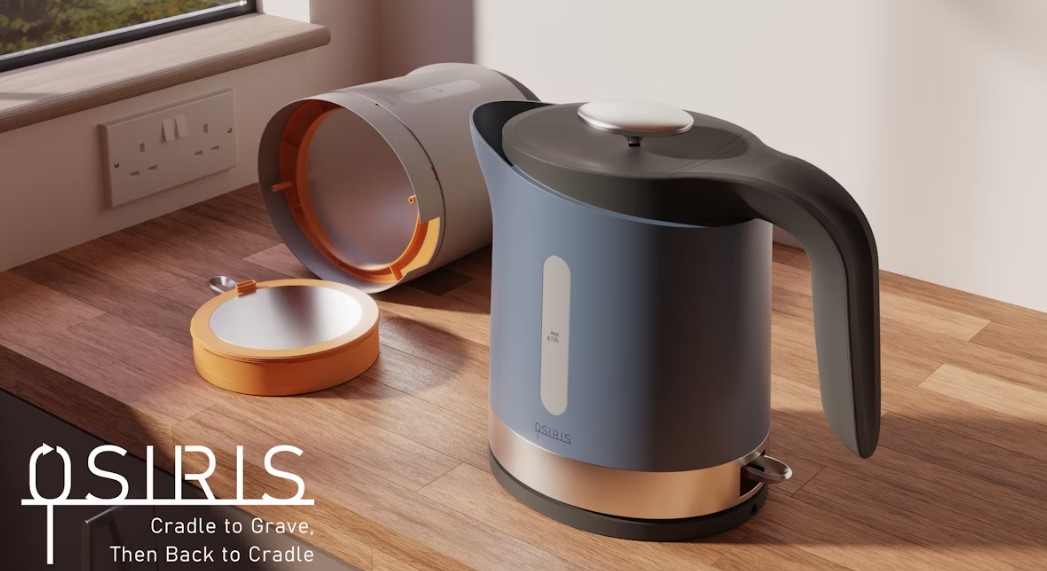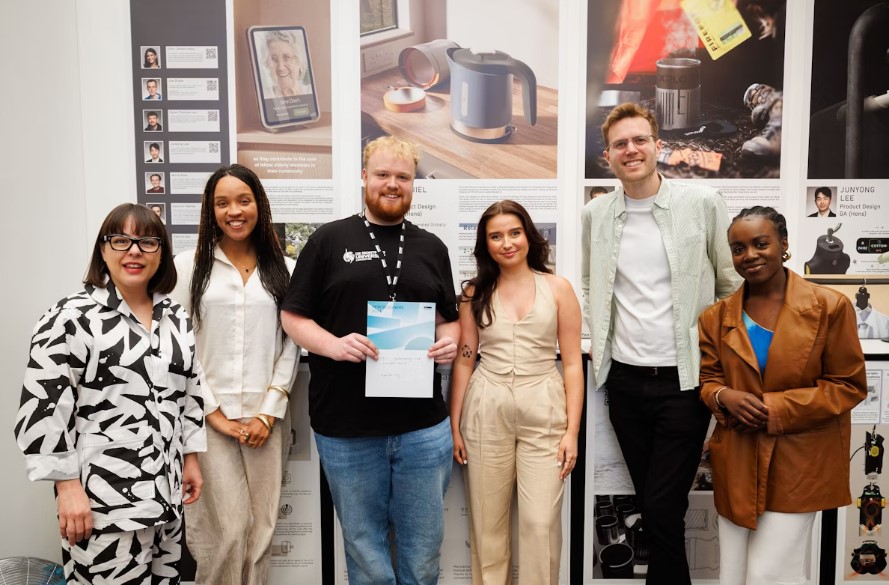In a world overwhelmed by e-waste, innovative designs are paving the way for more sustainable solutions.
One such breakthrough is Gabriel Kay’s Osiris kettle, a product designed not just to boil water, but to challenge the way we think about product longevity and repairability.
Kay, a 22-year-old graduate from De Montfort University, designed the Osiris kettle with a clear purpose: to offer consumers an easy way to repair and maintain their appliances.
Unlike traditional kettles, whose internal electronics are often complex and sealed off from users, the Osiris is designed with removable electronics that anyone with basic tools can replace.
This innovation makes maintenance as simple as changing a vacuum’s dust bag, reducing the need for professional repair services and extending the product’s lifespan.

The design has garnered attention, earning awards at De Montfort University and the New Designers showcase. But beyond accolades, Kay’s kettle is part of a broader movement towards reducing e-waste.
In 2021, the UN reported that global e-waste was increasing five times faster than recycling efforts, with recycling rates expected to decline further in the coming years.
This alarming trend is exacerbated by products that are difficult or impossible to repair, contributing to a growing environmental crisis.
Kay’s kettle, named after the Egyptian god Osiris, symbolizes renewal and sustainability. By making repair accessible, the Osiris kettle helps combat the growing issue of waste.
According to Barbara Chandler of the Green Grads program, which supports designs with environmental benefits, the key to sustainability lies in repairability and durability, not just recycling.
While the Osiris kettle is still seeking investment, the growing demand for eco-friendly, repairable products signals a potential shift in consumer habits.
As awareness of the environmental impact of e-waste increases, products like the Osiris kettle could become a staple in the push for a greener future.

